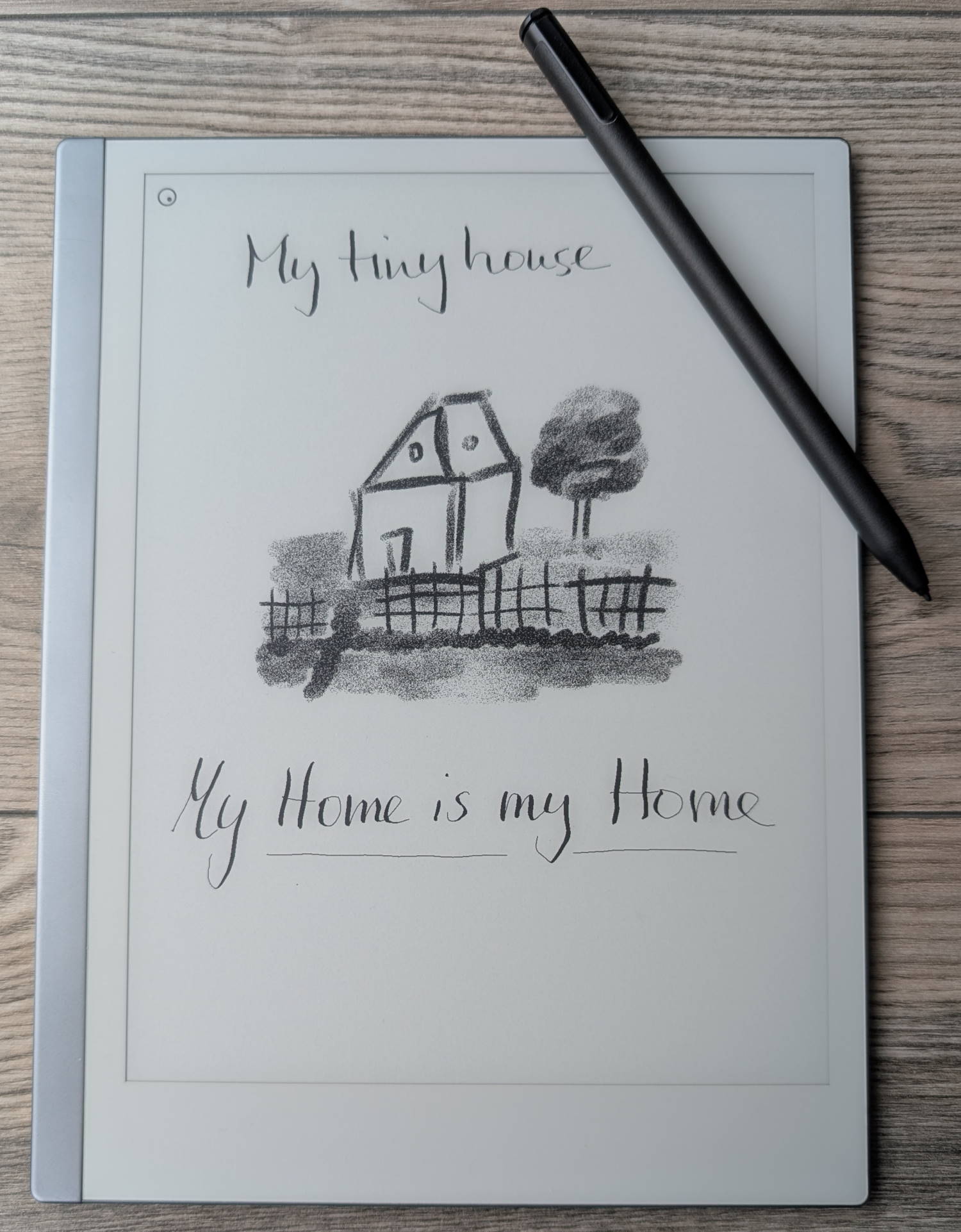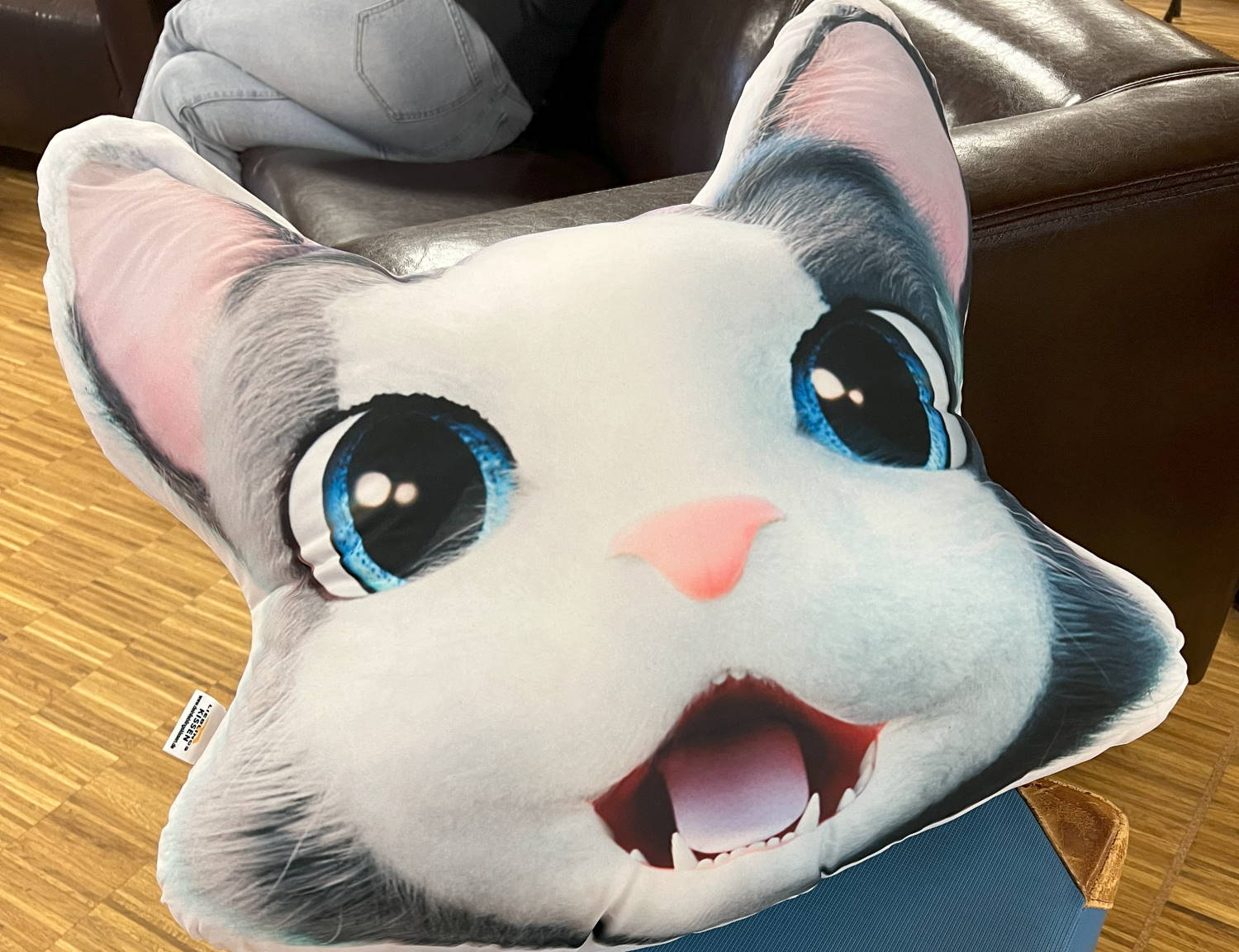
Manage notes and learn better
Nowadays, we mostly take notes with smart devices and in electronic form. Here I would like to share my experience in connection with memory and learning.
Table of contents
In this article I would like to share my personal experiences and impressions with taking notes and TODO lists and which tools and gadgets I use today.
Introduction
In IT jobs, we sometimes have to take a lot of notes, especially when we want to familiarize ourselves with new topics or learn them. As a beginner in software development in the ABAP area, I started out with a classic pen and notepad; that was also the first piece of advice I got from my trainer. You can't keep all the new information or requirements in your head when you're in the middle of a discussion with colleagues.
Later on, I started to take notes electronically, mainly because the search function on paper is very limited and notes written quickly may no longer be able to be identified. When I took on the role of product owner, further challenges arose.
Challenges
What do I actually want to achieve when I take notes? First of all, I want to give the day some structure and have the option of accessing information from the last few days. Especially when I spent a lot of time in meetings, it sometimes became more difficult to remember ad hoc the content of the last few days or what exactly was said.
I often spoke to stakeholders about requirements that led to new user stories. However, the writing of the stories usually took place at a different time, which is why I wanted to record as much content as possible so as not to forget any details.
Software
In this context, software can help you to better control the flow of information. In this context, you will stumble across the standards in the Office:
- OneNote or To Do from Microsoft
- Notepad++
In the private sector, there are also numerous applications here. In recent years I have looked at Notion and Google Keep, but have stuck with Keep because the possibilities in Notion are very large and a simple solution was enough for now.
Learning
After using the tools for almost 2-3 years, I noticed that short-term information and knowledge still only partially remained in the memory. That is why I looked into the topic of memory and recollection. Basically, we forget things more quickly when we are under stress. So if there is a lot of project work to do or we are in meetings all day, there is a lot of stress and little time to reflect on yourself and the topics. On the other hand, the method of writing things down and remembering them may not have been the best so far.
For me personally, the solution lies in writing by hand. There are already many studies in this area that confirm that learning and absorbing information is easier when writing. That's why I had a look around at that time to see what was suitable for me personally.
Tablets
Writing should remain authentic, even when it is done on a smart device. I therefore looked at both approaches. The classic tablet, like the ones many people use at home, with a pen for input and, relatively new to me at the time, a paper tablet.
Classic tablet
You should already be familiar with the classic tablet; it usually has a high-resolution, smooth display and has all the functions of a smartphone. The battery life usually depends on how the tablet is used, so it can vary greatly. However, when we write on it, the display must always be active, which consumes a lot of battery capacity.
Most pens in this area slide very heavily across the display, so input is possible, but it still feels like writing on a tablet.
| Advantages | Disadvantages |
|---|---|
| Very fast and good display | Not a good writing feel |
| Using apps | Battery life when active Display |
| Distraction by other apps |
Paper tablet
A new type for me was the paper tablet. These do not use a classic display, but an E-Ink display, which works differently and only needs energy when it has to switch to load a new page or update content. The display is rough, like paper, which is achieved using a special film or glass. With the pen used, writing feels like paper and also produces similar noises, but the tip of the pen also wears down. Depending on the battery, you can get by for about 2-4 weeks without charging.
| Advantages | Disadvantages |
|---|---|
| Very good writing feel | No or few colors |
| No distraction | Pen tip wears out |
| Very long battery life |
There are currently various manufacturers and variants on the market. The first test device for me was the "BOOX Note Air2 Plus" which I tested. This has an Android, which you can use to download additional apps, and a backlight so that you can write and read in the dark. I tested this for about 3-4 months.
Afterwards I wanted to take a look at the original in this segment, the "reMarkable 2", which is more expensive. In contrast to the Boox, this is a bit bigger, thinner and lighter and in my opinion feels better to write on. I have only been using this device for about 1.5 years, as it is better for the task of "taking notes". Works best for me and is not a distraction because there are no additional apps. I have actually hardly missed the lack of lighting so far.
Summary
I continue to keep longer-term information and TODO lists in my Keep and the backlog for my articles in Google Sheets because I can easily find, maintain and change them there. I take my daily notes on my paper tablet because writing helps me process the information better. In addition, my handwriting has improved after many years of using the keyboard and is more legible. Thanks to the tablet's long battery life, I never need a charging cable when I'm on the go.
Conclusion
How do you take your notes today and how do you learn new things in everyday life? For me, the concept described works very well at the moment and also helps me through a stressful everyday life with lots of appointments.
More information:
Why Writing by Hand Is Better for Memory and Learning





